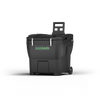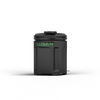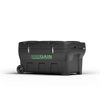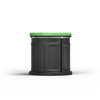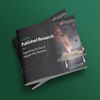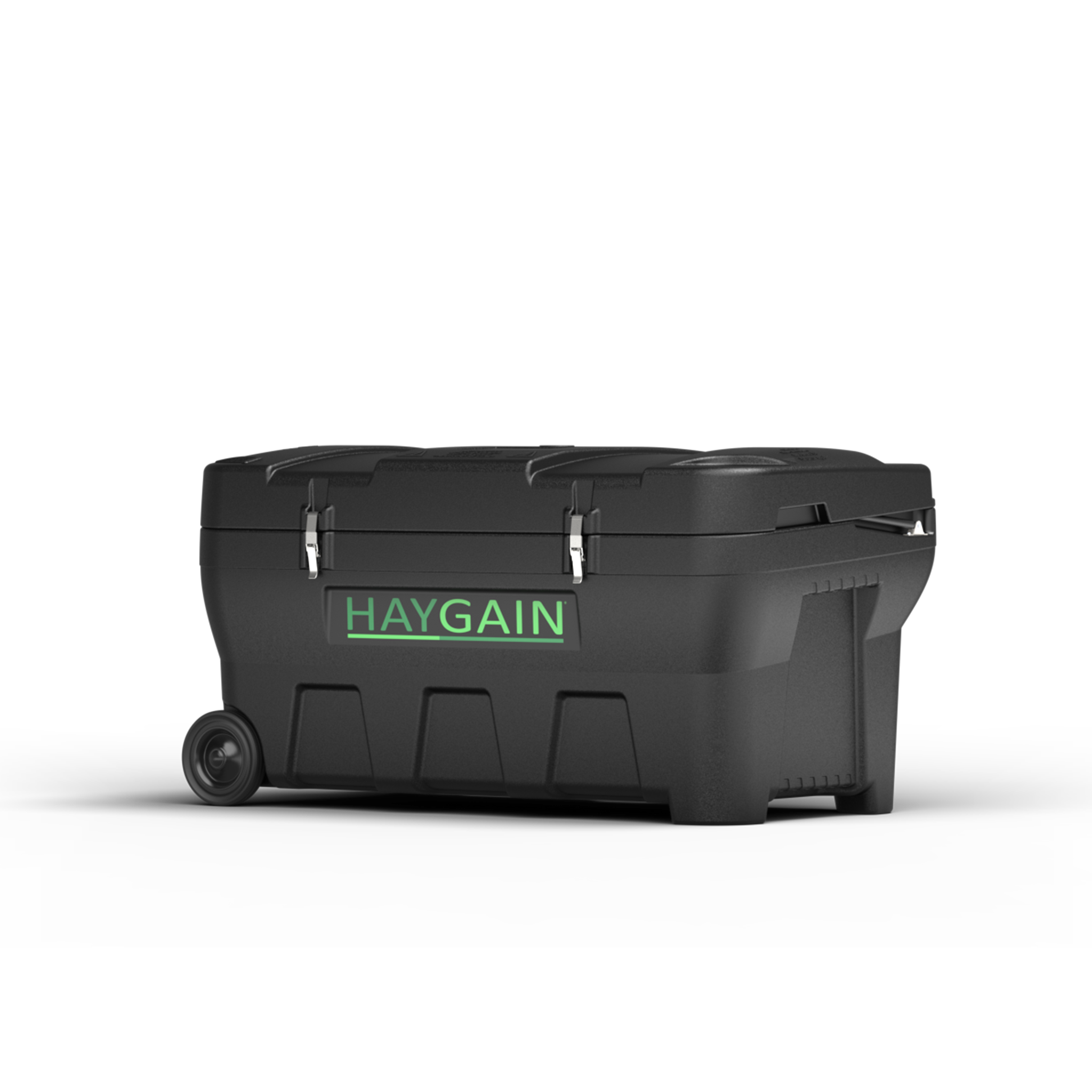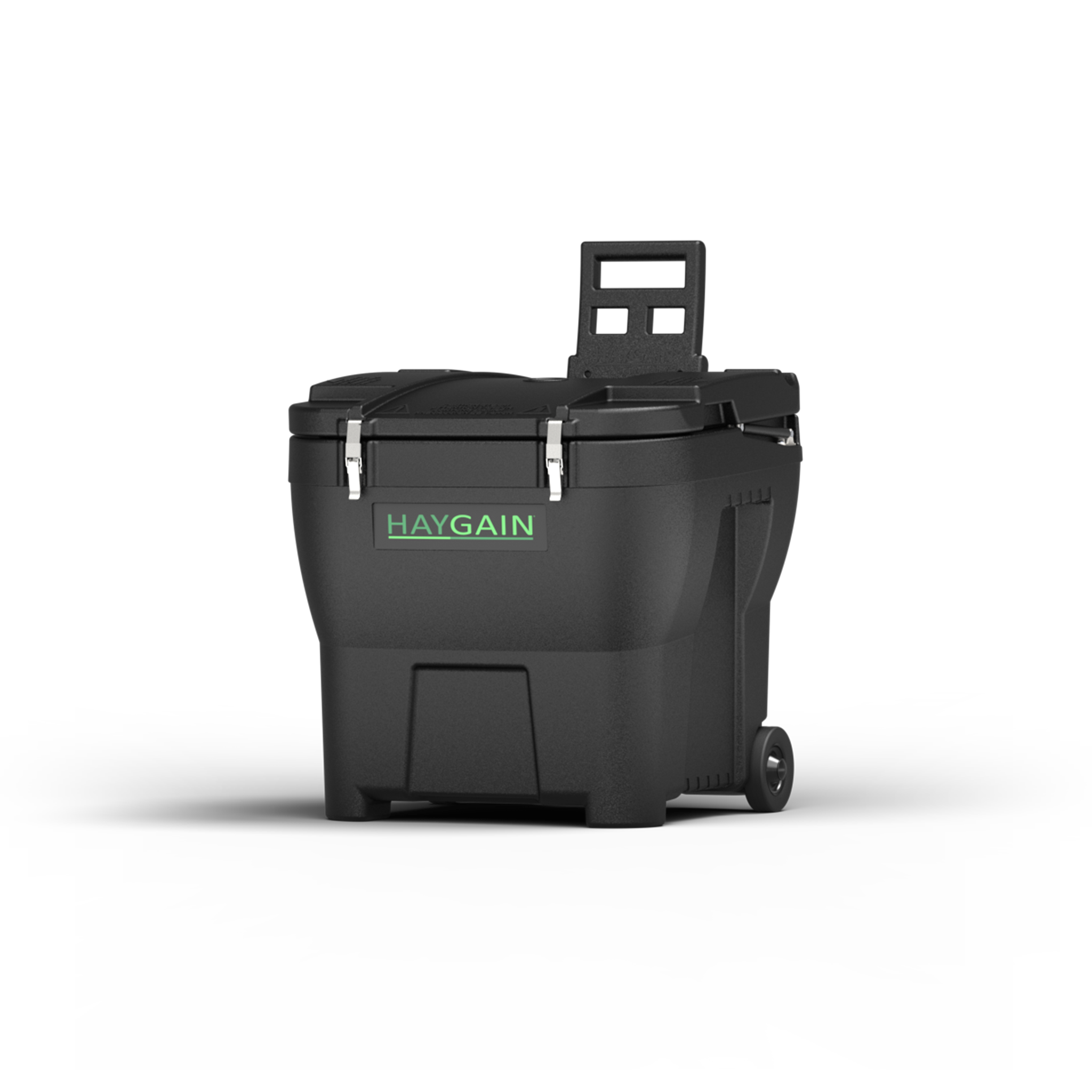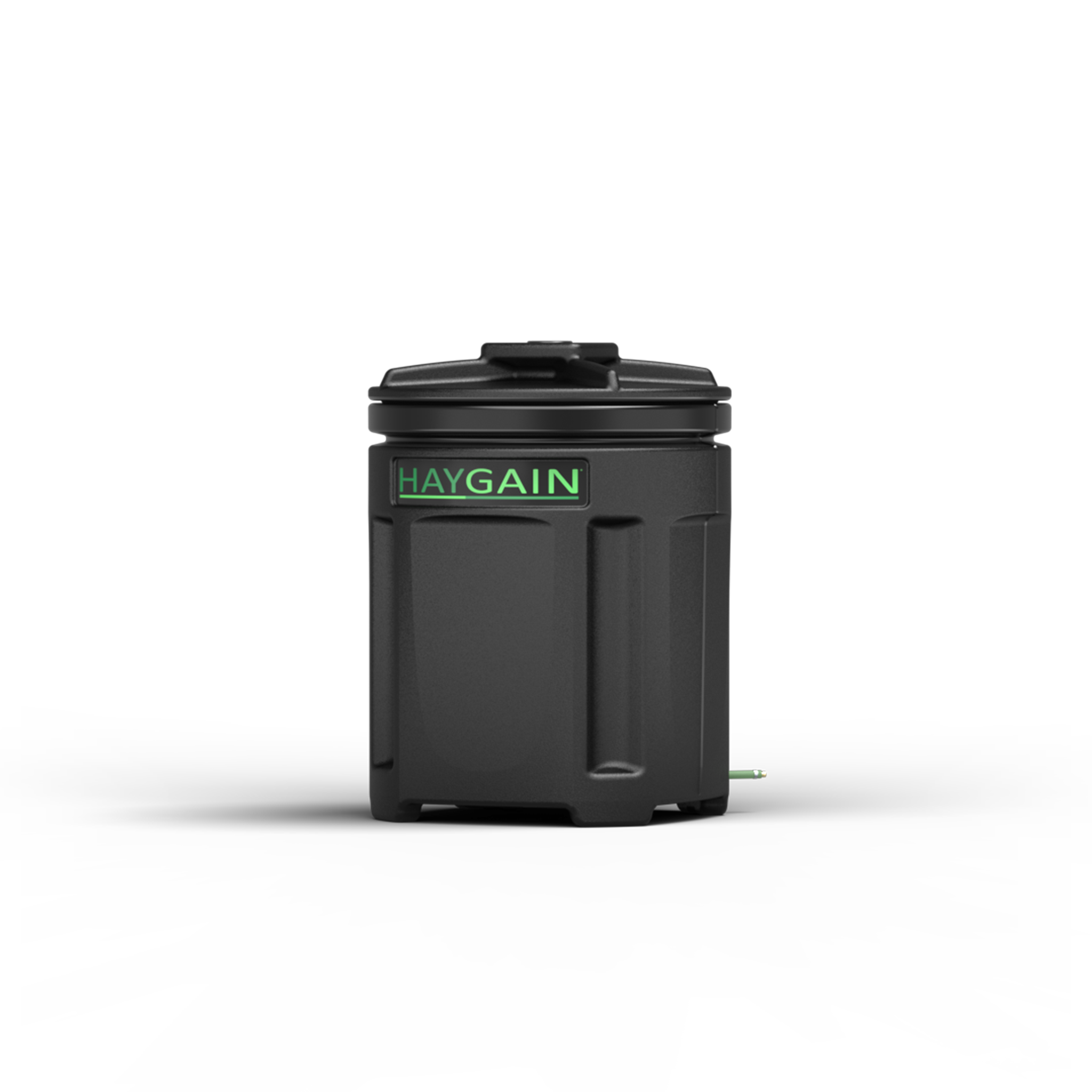Exercise physiologist Dr David Marlin explains Exercise-Induced Pulmonary Haemorrhage (EIPH)
Mention “bleeders” or exercise-induced pulmonary haemorrhage and most people will immediately think of racehorses. Some may possibly think of polo ponies or eventers competing at the highest level. However, it may come as a surprise to learn that even horses undertaking a strenuous trot may break some blood vessels deep in the lungs.
will immediately think of racehorses. Some may possibly think of polo ponies or eventers competing at the highest level. However, it may come as a surprise to learn that even horses undertaking a strenuous trot may break some blood vessels deep in the lungs.
What is EIPH?
EIPH refers to the breaking of blood vessels in the lungs as a result of exercise. The blood enters the airways and is then moved from the smaller to the larger airways and eventually is propelled by the cilia of ciliated epithelial cell (small hairs on the cells that line the airways that beat and move mucus and debris) up the trachea (windpipe). In most cases the blood is swallowed and never seen unless the horse is scoped. For most horses the amount of blood that enters the airways is small.
This is because the blood vessels that are rupturing are some of the smallest in the lung. This is where the blood vessel wall is around 1/100th the thickness of a human hair. The wall has to be this thin to allow oxygen to pass easily from the air spaces into the blood. In a much smaller number of cases larger blood vessels rupture and the amount of blood that enters the airways is too much for the horse to swallow and it appears at the nostrils. This may look like ordinary blood or it may have a pink and foamy appearance. This is referred to as epistaxis and in some cases can be fatal.
Why do horses break blood vessels in the lungs?
There have been a large number of studies that have looked at the reasons why horses may break blood vessels in the lung during exercise. We now know that EIPH can be due to a number of different things that happen during exercise. Blood pressure: The first is high blood pressure in the blood vessels in the lung. Horses develop very high blood pressure during exercise and this stiffens the small blood vessels making them more prone to breaking.
Think of a long thin balloon – when it’s not inflated it will be impossible to break by squeezing it but inflate it to high pressure and squeeze it or twist it and it’s easy to burst. Resistance to air movement: Whilst people can breathe through their mouth and nose, the horse can only breathe through its nostrils. This puts a lot of strain on the lung . Think of trying to suck hard through a straw. It has been shown in a number of studies that this strain contributes to lung capillary (small blood vessel) rupture. Locomotion: Running on very hard or very soft ground has been shown to increase the risk of epistaxis in racehorses.
This is related to the fact that the horse does not have a bone attachment between the front legs and the body – the attachments are muscle and ligament. When the horse’s forelegs are bearing weight, especially during canter and gallop, the chest is compressed by the shoulder which sends a shock wave through the lung. This “vibrates” and damages the already stiffened small thin blood vessels leading to rupture. Respiratory disease: A number of studies have shown that horses with respiratory disease bleed more than horses with healthy lungs. This is because inflammation in the airways weakens the walls of the blood vessels. Heart problems: Some horses develop a condition called atrial fibrillation (AF) which is where the two smaller filling chambers on top of the heart (the atria) do not contract properly. This leads to blood “backing up” into the lungs and high “pulmonary” (lung) blood pressure. Horses may show epistaxis when they have AF and then it resolves after treatment. Stress: There is also a belief, although not proven, that anxious, “stress” horses may be more likely to have more severe EIPH.
How is EIPH diagnosed?
If your horse has blood at the nostrils after exercise the chances are this is probably but not always coming from the lungs. However, the majority of horses do not show blood at the nostrils after exercise. The most common way to assess EIPH is by endoscopy. This is usually done 30-40 minutes after exercise as it takes this long for blood to move from the periphery of the lung into the trachea. The amount of blood visible is most commonly scored on a 4 point scale (0= no visible blood to 3 = more than half the trachea covered with blood).
How common is EIPH?
If we use BAL then ALL horses break some blood vessels when they exercise at or above an intense trot. However, at the lower level this bleeding does not show in the trachea. Most studies have therefore assessed whether horses have bled or not based on endoscopy and scoring of blood seen in the trachea after exercise. This can be thought of as more severe and more significant bleeding, in health terms. Studies have shown that if a racehorse is scoped once after racing, between 40 and 80% will show some blood in the trachea. However, if a racehorse horse is ‘scoped on 3 different occasions it will show blood in the trachea at least once. The prevalence of EIPH assessed by ‘scoping in other horses has been found to be: Barrel racers 45%; Polo ponies 30%; Eventers 13%.
What are the effects of EIPH?
Moderate to severe EIPH has a negative effect on performance. There is also evidence that EIPH and airway inflammation are associated. Repeated bouts of EIPH lead to scarring of the lung and the deposition of iron deposits known as haemosiderin which have a grey blue appearance. The damaged lung tissue does not have a normal function as it is stiffer than healthy lung and does not allow efficient gas exchange. The damage is also irreversible.
How is EIPH treated or managed?
Epistaxis is always a concern and you should contact your vet if this happens. Sometimes the bleeding comes from the upper airways (in the head) and may not be related to the lungs at all. This can occur because the horse has bashed its head or because of a fungal infection in the guttural pouches (guttural pouch mycosis). For more common endoscopic (i.e. not visible) EIPH, Lasix (furosemide) is commonly given, although recent research shows this becomes less effective the more it is used. Another alternative which has good scientific evidence is Flair equine nasal strips. For horses that are bleeding more severely due to atrial fibrillation, this can be treated with the drug quinidine or by electrical stimulation of the heart via catheters (transvenous electrical cardioversion). Maintaining good respiratory health is also likely to reduce the severity of EIPH as any degree of inflammation within the airways will only add more stress on the respiratory system. One of the most common avoidable causes of airway inflammation and respiratory disease is exposure to respirable dust from the stable environment and in particular from the forage. You can read more about how you can reduce this exposure here.
Key Points
- EIPH occurs to some extent in all horses that exercise at a canter or faster
- EIPH tends to be more severe in horses that exercise intensely e.g. racehorses, polo ponies, eventers, showjumpers, barrel racers, etc
- The causes of EIPH are still not completely understood but high blood pressure, airway resistance, locomotion, stress and respiratory health may all play a role
- Moderate to severe EIPH may limit performance and causes long term irreversible lung damage
- Epistaxis is always a cause for concern and a reason to consult your vet
- Maintaining a low dust environment for your horse is a simple way to reduce the impact of respiratory disease.
